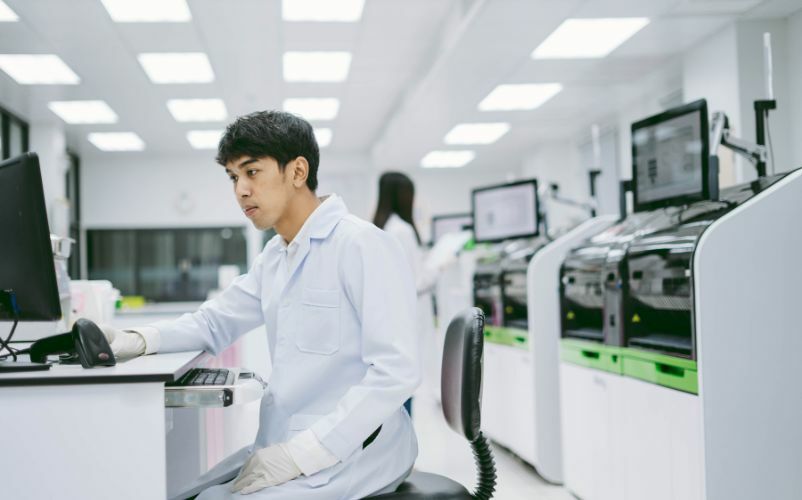As laboratories adopt automation to improve efficiency and reproducibility, integration with existing workflows can present distinct challenges. An automated system provides substantial benefits but requires careful consideration to ensure that experimental integrity is not compromised during the transition.
How can labs achieve seamless implementation while maintaining high standards and avoiding errors? This article will explore effective strategies for overcoming challenges, enabling labs to adopt automation efficiently without sacrificing performance.
Understanding the Impact of Automation on Experimental Workflows
Shifting from manual to automated workflows requires careful evaluation of how the transition will impact key variables. For example, manual pipetting offers direct control over reagent exposure times, while liquid handling systems may introduce tubing that can affect reagent stability. Additionally, automated systems may expose reagents for extended periods, potentially reducing their efficacy. As a result, protocols must be adjusted to accommodate these changes.
Incubation is another critical factor. Traditional incubators enable direct plate handling, while robotic systems have varied lid removal times, influencing evaporation rates and assay performance. Testing and refining parameters like lid timing and environmental control settings are essential to ensure consistency.
Strategies for Seamless Integration of Automation
- Adapt and Optimize Protocols
- Adjust reagent exposure times to account for extended handling durations
- Optimize lid removal timing to reduce evaporation during incubation cycles
- Calibrate liquid handling systems to ensure precise and accurate reagent delivery
- Calibrate and Monitor the Environment
- Continuously track temperature and humidity levels within automated enclosures to ensure stable conditions
- Use pre-conditioned reagents to minimize variability caused by environmental factors
- Align incubator settings as closely as possible with manual conditions to ensure reproducible results
- Test Hybrid Workflows
- Run parallel manual and automated workflows before full implementation
- Identify discrepancies and refine processes based on test results
- Compare assay results to validate automation performance against manual benchmarks
- Standardize Equipment Workflows
- Use identical pipettes, reagents, and consumables across both setups to reduce variability
- Ensure consistent workflows by standardizing equipment and procedures
- Implement Modular, Scalable Solutions
- Introduce automation gradually with high-throughput steps to minimize workflow disruption
- Implement in phases, focusing initially on processes that will provide the greatest efficiency gains
- Design systems to be scalable, allowing easier troubleshooting and incremental improvements as automation progressesProtocols
Director™ Lab Scheduling Software: A Solution for Seamless Integration for Seamless Integration
Director™ Lab Scheduling Software enhances automation integration by offering customizable workflows and comprehensive monitoring tools. This software allows labs to track environmental factors like temperature and humidity and ensures seamless interaction between new automated systems and existing equipment. The workflow simulation feature enables labs to optimize methods before full-scale implementation, reducing errors and making transitions smoother.
Conclusion
Integrating laboratory automation presents immense opportunities for improving efficiency, reproducibility, and accuracy. However, a well-structured approach is essential for a smooth and successful transition. Labs must assess how new technologies impact workflows, optimize and refine protocols, calibrate environmental conditions, and validate hybrid workflows to maintain experimental integrity.
Tools like Director™ Laboratory Scheduling Software can simplify the process by providing customizable workflows, real-time monitoring, and pre-implementation simulations. Implementing effective strategies with a phased approach will help ensure long-term success. Contact us today to schedule a demo and learn how Director™ can simplify your lab’s transition to automation.

